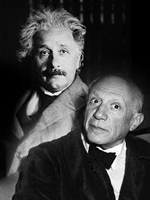Sedona Historical Society and Museum [AZ]
The Sedona Historical Society operates the Sedona Heritage Museum. The museum's exhibits focus on the lifestyles and works of the people who pioneered the community, from 1876 to the present.
The museum offers exhibits, tours, research library access, educational programs, and occasional recreational and educational events (including living history events).
